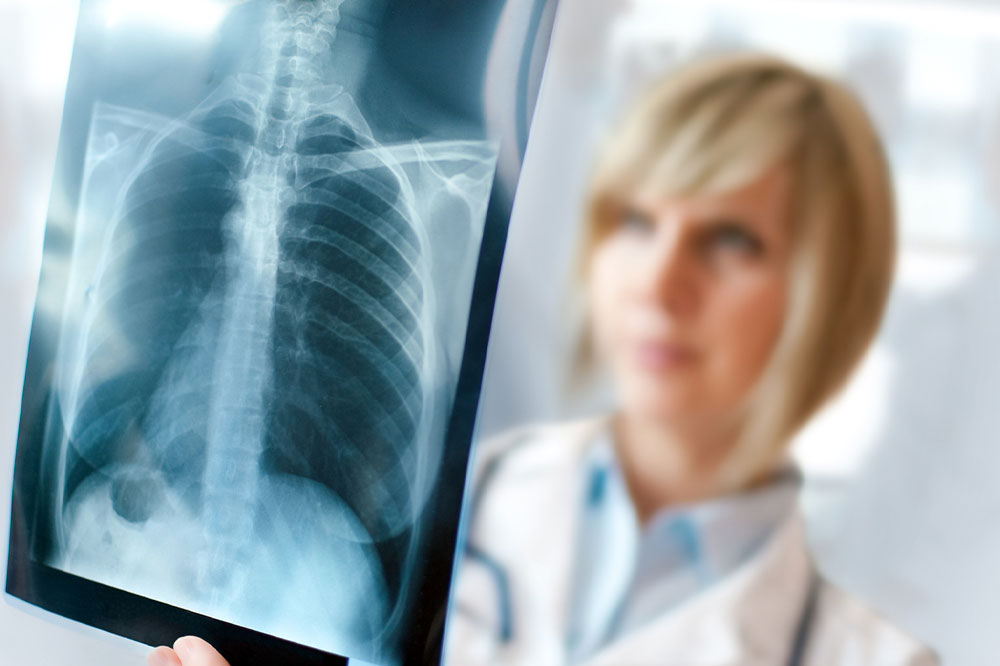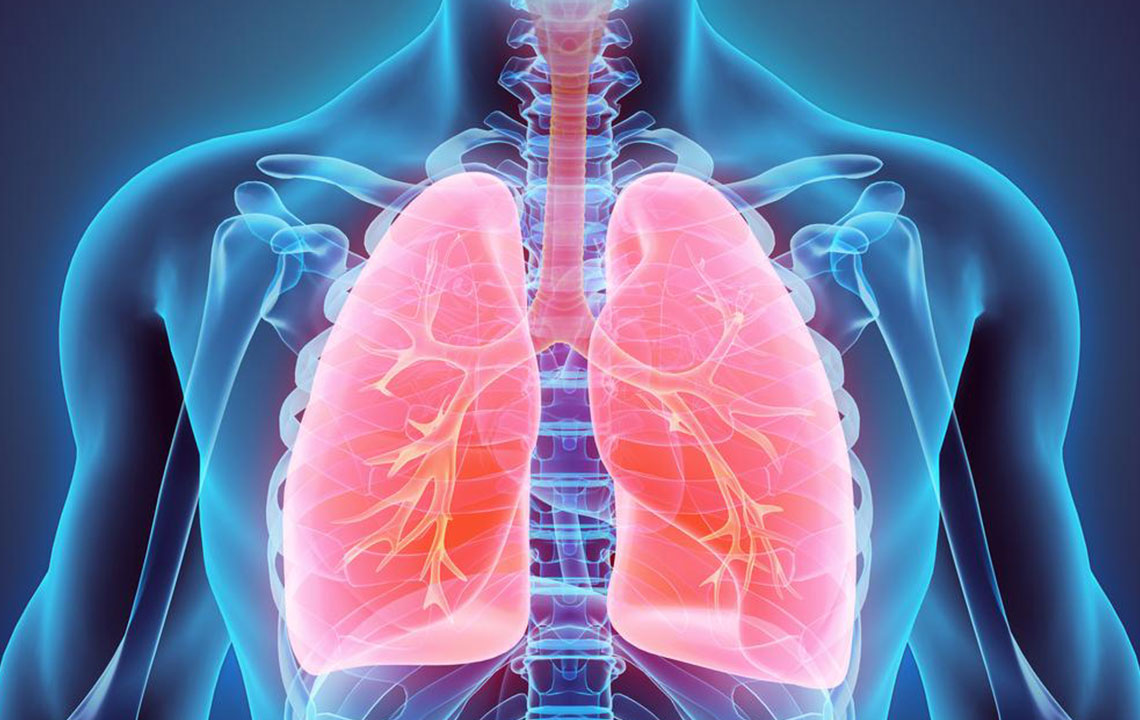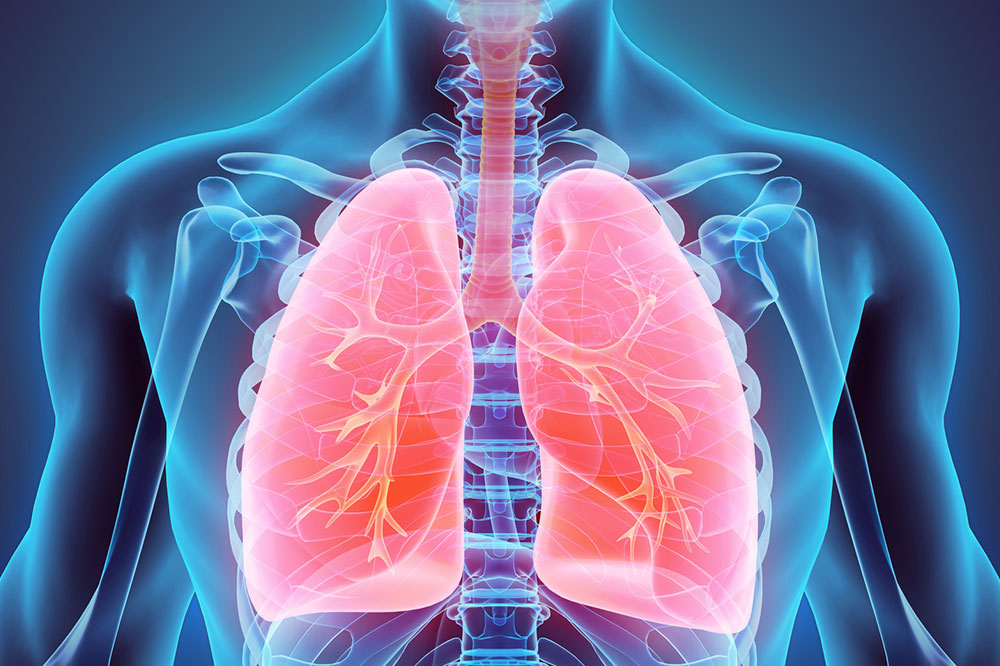Understanding Lung Cancer: Symptoms, Detection, and Treatment Strategies
This comprehensive guide covers lung cancer symptoms, detection methods, and treatment options, emphasizing early diagnosis for better prognosis. It highlights important signs like persistent cough, blood-tinged sputum, and systemic symptoms, along with advanced symptoms indicating metastasis. Treatment strategies include surgery, radiation, chemotherapy, and targeted therapies, chosen based on cancer type and stage. Prevention through lifestyle changes, especially avoiding smoking and pollution, is crucial. Regular health screenings and healthy living are key to reducing lung cancer risk and improving outcomes.

Understanding Lung Cancer: Symptoms, Detection, and Treatment Strategies
Lung cancer overview: signs, symptoms, and available therapies
Initial symptoms of lung cancer often include mild cough and breathlessness, which vary depending on the affected lung area. As the disease progresses, these symptoms intensify and may include systemic issues like fatigue and appetite loss. Recognizing early signs is crucial for prompt diagnosis and treatment. Typical symptoms include persistent cough, blood-tinged sputum, weight loss, frequent infections, and fatigue. Advanced stages may involve symptoms like bone pain, jaundice, headaches, limb weakness, swelling, and lumps in the neck or collarbone region. Early medical consultation is vital upon noticing these signs for effective intervention.
Persistent cough: A lasting cough that may resemble a smoker's cough and becomes chronic.
Coughing up blood: Hemoptysis or rust-colored phlegm requires urgent medical attention.
Extreme fatigue: Persistent tiredness and weakness are common among patients.
Decreased appetite and weight loss: Sudden weight drops are typical in cancer cases.
Recurring lung infections: Frequent pneumonia or bronchitis episodes are common indicators.
Symptoms during advanced stages
When lung cancer spreads to other organs such as the liver, brain, or bones, patients may experience symptoms like bone pain, jaundice, dizziness, headaches, limb numbness, facial swelling, and lumps near the neck or clavicle. Recognizing these signs is essential for timely treatment.
Approach to diagnosis and treatment - Early detection of symptoms prompts immediate medical assessment. Diagnostic tests help confirm the disease, increasing the chances of successful management. Treatment choices depend on the cancer type (NSCLC or SCLC), tumor stage, and patient health. Surgery is most effective for early-stage, localized tumors but is suitable only for a minority of patients. Radiation therapy, chemotherapy, targeted treatments, and immunotherapies are options based on individual cases. Preventive measures include avoiding smoking, passive exposure, pollution, and maintaining a healthy lifestyle. Regular screenings and healthy habits can significantly reduce risk and improve outcomes.









